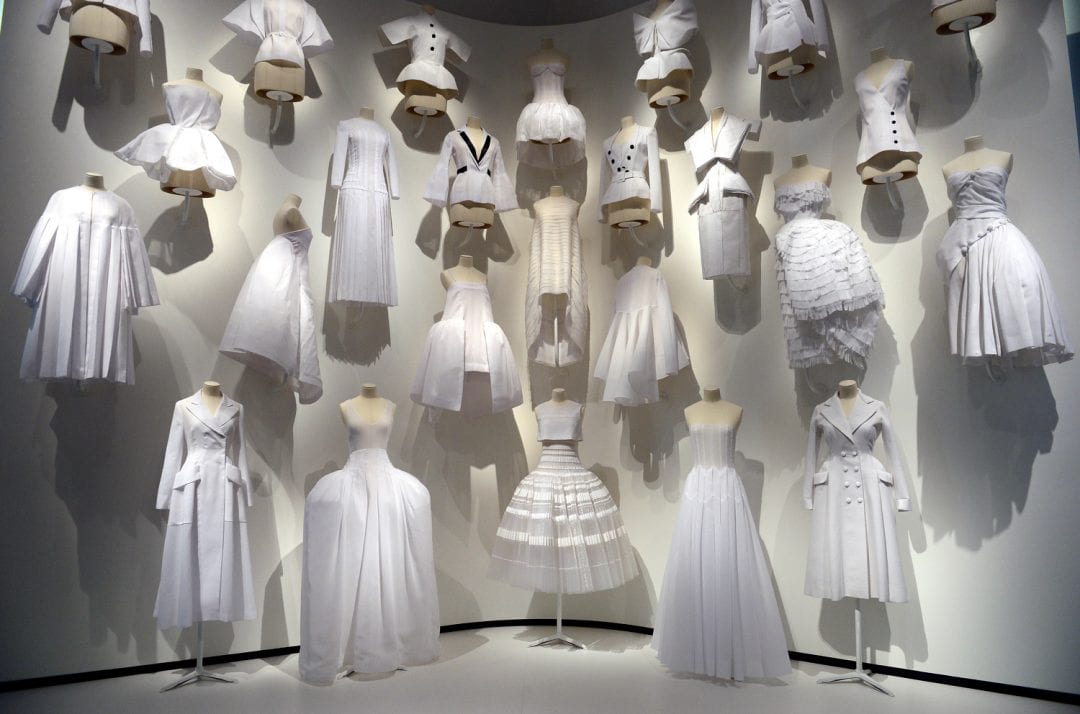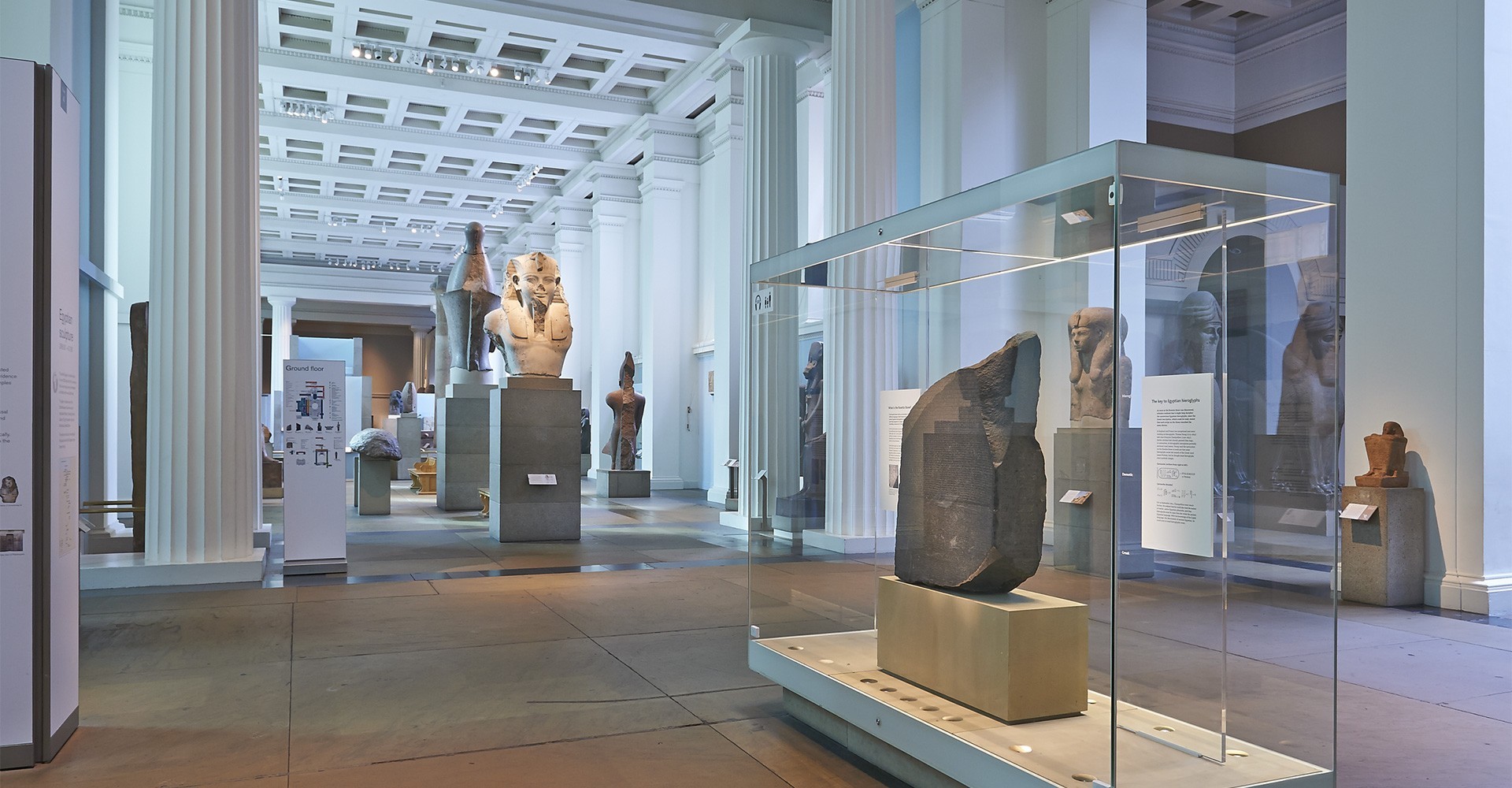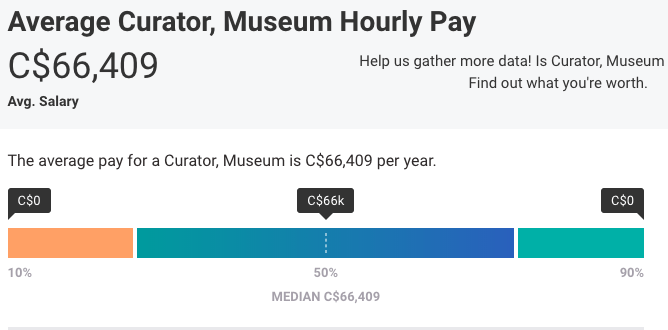[Introduction] Museums are indispensable cultural institutions in modern society. Its existence provides people with education about history, art, culture, and technology. So, which schools offer museum management-related majors? What are the professional skills taught in this major? What are the employment prospects and salaries? How do netizens and UtoCanada view this major? Let's take a look!
Introduction to the Canadian Museum Management major
No one is a stranger to museums. These cultural institutions generally exist in large and medium-sized cities. It contains cultural relics or specimens related to history, culture, technology, etc. It is an important place for a city to educate and publicize its people, help them to gain new knowledge, and develop themselves.
Museology is a discipline that touches on many issues related to display and exhibition. It is mainly the study of the use of physical objects displayed in museums, the history, organization and management of museums, and the relationship between museums and the social environment. Students majoring in museum studies need to have a relatively deep knowledge and understanding of the displayed objects, as well as specialized knowledge of display and exhibits (such as awareness of aesthetics, audience psychology, art and design, etc.) to study how to follow a certain themes and structures. Through the combination of scientific and artistic means, they provide the public with cultural education and leisure services through the displayed content.
The Canadian College’s related majors in museum studies and museum management have established many cooperative relationships with local, provincial and national institutions. Professionals from this field act as consultants, and guest lecturers. The colleges will help students find ideal positions in the process of their career development.
Canada’s non-profit museums, art galleries, science centres, aquariums, archives, halls of fame, galleries, zoos and heritage sites attract more than 59 million visitors every year. 60 million people visit Canadian historical sites and national parks every year. After graduation, students have the opportunity to work in related industries in one of the 2500 museums and related institutions in Canada or abroad.

What knowledge and skills do students learn in the Canadian museum management major?
In Canada, students majoring in museum management mainly study:
Museum Management and Curatorship. Museum management and curatorship programs teach students not only to help restore and preserve artifacts, but also how to best present them to the public. Skills learned in these programs will include exhibit preparation and educational programming. Students will also learn how to manage a museum, with valuable lessons on fundraising and achieving grants and other administrative roles.
Collections Conservation and Management. Collections conservation management programs focus on preserving and restoring artifacts and materials such as ceramics, glass, wood, textiles, stone and much more. There will be plenty of hands-on training conducted in labs, as well as in-class theory sessions on artifact management.
Most Ontario University museum management courses have internship programs, so students can gain valuable on-the-job experience and learn from industry professionals.

Employment prospects for Canadian museum management graduates
Graduates of the museum management major can find jobs in museums, galleries, antique shops and heritage centres, with an average starting salary between $28,000 and $35,000 CAD per year.
A curator’s salary for preserving and restoring artifacts usually ranges from $40,000 to $60,000 CAD per year, or more, depending on the work location.
As an added bonus, positions in this industry meet the requirements for immigration through Express Entry as a skilled immigrant.

》Job description of a museum curator
According to the PayScale description,,
The museum curator is the person responsible for most of the content displayed and acquired by the museum in which he/she works. The curator is committed to deciding what is shown in the museum and how it is displayed, as well as the context and placement of the exhibition. Curators are specialized by the type of museum, and facilities dedicated to art, history, anthropology, or physical science will all have at least one person in this managerial position with an extensive, strong background and set of credentials in the subject matter.
For museum visitors, the most visible aspect of what a curator does can be observed as soon as one enters the building. A museum curator decides how the exhibits—whether they're works of art, historical documents or uniforms, or sets of dinosaur bones—are set up within the museum. The curator will typically work with an artistic and design team to help determine various traffic patterns for museum visitors. They will then build the exhibits around these observed paths. Curators also control content and how it is displayed. Most museums are typically places where contact is strictly forbidden, but many modern facilities recognize the importance of interactivity. A curator will utilize electronics and computer technology in creating hands-on displays for guests to help them understand the concepts the museum is centered around.
Most curators will have a postgraduate degree in this specialty field, and they will likely have experience in museum work at some lower level of responsibility before applying for this position. Most museum curators work regular business hours in an office environment, but field trips and travel are very much an accepted part of the job.
Specifically, the responsibilities of the curator include:
- Oversee the operation of the museum and off-site area storage.
- Build rapport with donors and potential donors, and negotiate to acquire specific collections or individual items.
- Assist in developing programs and special events.
- Assist in developing a long-term plan for rotating exhibits with the goal of reaching new and diverse audiences.
- Coordinate with the collections committee to ensure additions follow the museum's collection philosophy.
》Museum management graduate salary: The decisive factors & annual income
According to PayScale statistics, in Canada, the average annual salary of museum curators is $66,409 CAD.

The best schools for museum-related majors in Canada
Degree:
Western University
University of Guelph
University of Lethbridge
Master's degree:
University of Toronto
University of British Columbia
Many colleges in Canada offer two-to-three-year museum management-related college diploma programs. The curriculum is certified by official industry associations and taught by professors and instructors with senior experience in the industry. The colleges have a cooperative relationship with local museums and art galleries, so that students have the opportunity to participate in field trips and paid internship opportunities.
Georgian College
Sheridan College
Algonquin College
Fleming College
Centennial College
For real-time updates, please click
Summary: UtoCanada's views on the museum management major
Culture, history, and art are the treasures of human civilization, and museums are important places for people to gain knowledge and develop and are one of the infrastructures in many developed countries. Exhibitions in modern society are diverse. With the development of the times and technology, traditional museums have also been injected with fresh blood, attracting more visitors.
If you are interested in protecting and exhibiting culture, history, and art, have practical skills and creativity, enjoy educating others about culture, historical events, have knowledge of people and the natural world, have good interpersonal and communication skills, have organization and leadership skills, are detailed oriented and can use different multimedia software, then this major is for you!
Reference article:















